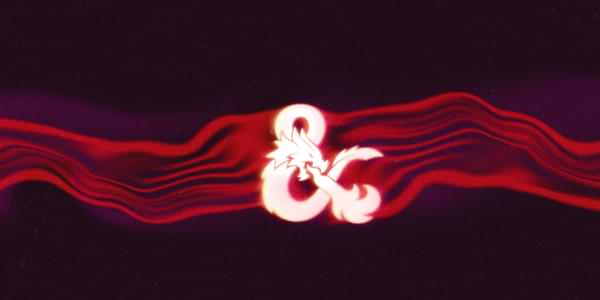Taxonomic classifications above species are biologically meaningful in that they denote a group of organisms where each member is more closely related to each other member than to anything outside the group. What they don't have, is any sort of consistent scale. So a family can range in size from Hominidae, which includes only one extant species, to Poaceae, which includes every species of grass anywhere in the world.
That's not always true, though. As a fellow botanist, I'd love to bring up how
Raynoutria and
Fallopia and
Persicaria - all genera - regularly hybridize ACROSS genera, hence why Knotweed has a taxonomic history that would baffle even Ring Species experts. We can't seem to agree whether Turtles are more closely related to Archosaurs (Crocs & Birds) or to Lepidosaurs (Lizards), and even if the molecular DNA analyses suggest that they ARE more closely related to Birds, whether they are within Archosaurapoda or just a sister group to Archosaurs (Archosauramorpha).
We run into trouble with Taxonomy REGULARLY, and things are always moving around. It's just a quagmire, and D&D does NOT need to get into it. Unfortunately, we seem to be running head on for it because now we're treating Eladrin, Sea Elves, Shadar-kai, and Astral Elves as full species sitting alongside Elves, while treating High Elves, Wood Elves, and Drow as subspecies of Elves. We're acting like somehow High Elves and Wood Elves and Drow are more closely related to each other than to any of the others. Narratively, that's not necessarily the case. In some worlds and editions, High Elves and Wood Elves form a distinct clade apart from the others, while in other worlds and editions, High Elves and Eladrin form a clade distinct from Wood Elves. Specifically when it comes to the
Forgotten Realms, a key part of the 4e thesis was that Eladrin from the Feywild were discovered to be the same clade as High Elves and Moon Elves, while Wood Elves and Wild Elves were different, and just called Elves for the most part. But then late in 4e, we get Dex/Int Elves as a second option to Dex/Wis Wood Elves, and they start acting like High Elves were a type of Elf and could be built with the Elf mechanics and not the Eladrin ones. And now fast forward to 5e, and Eladrin are most definitely their own thing apart from High Elves and Wood Elves, but this is still FR-official lore.
You see the problem of bringing taxonomy into D&D? We don't need that. Let's just present ALL options as full Species/Lineage/Ancestry/Heritage options, and let players work out the specifics of their character and whether they're like Elrond i.e. Part Dark Elf (Ñoldorin), Part Wood Elf (Sindarin), Part High Elf (Vanyarin), Part Human (First AND Third Houses of the Edáin), and Part Aasimar (Maiar).
Oh, and I JUST realised that Aasimar is a mixture of Asura and Maiar. DOH. I know they dropped it from 4e because it sounds like you want "more donkey", but I never thought about how it's likely just as Tolkien-derived as it is mythologically-derived.
TLDR: Make High Elf and Drow and Forest Gnome etc full separate write-ups from Wood Elf and Rock Gnome, etc. Or collapse them into a single people (Elf and Gnome) and let players work out the specifics. I don't think we NEED to distinguish Wood Elves from High Elves, or Rock Gnomes from Forest Gnomes. Just give features from both to a single people. Drow might be trickier, but I'd take the radical tact of claiming that they'd be better off just as a culture with universal elf stats, and lock some Drow-specific feats behind having a Drow background for your Elf.

 www.dndbeyond.com
www.dndbeyond.com



